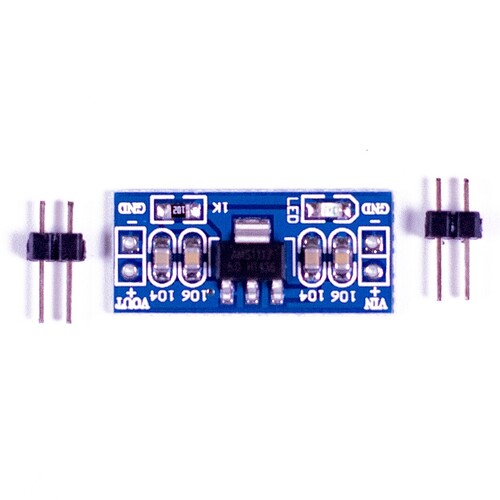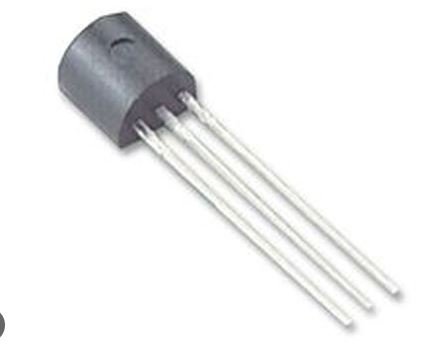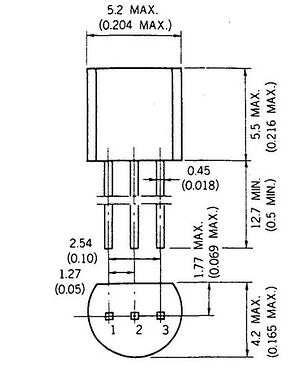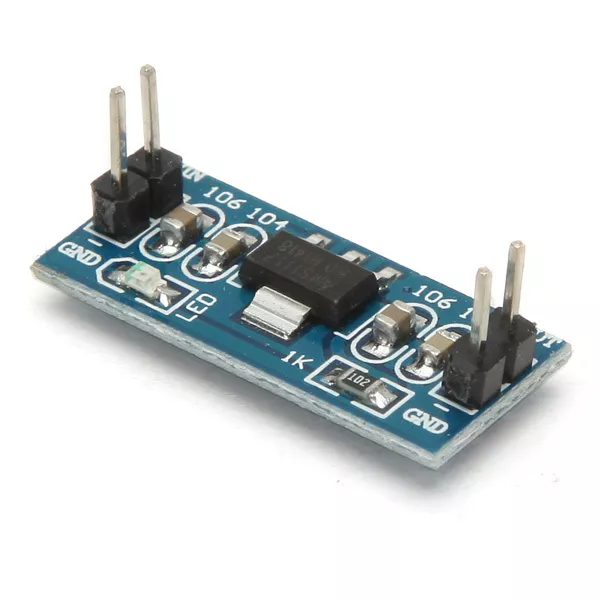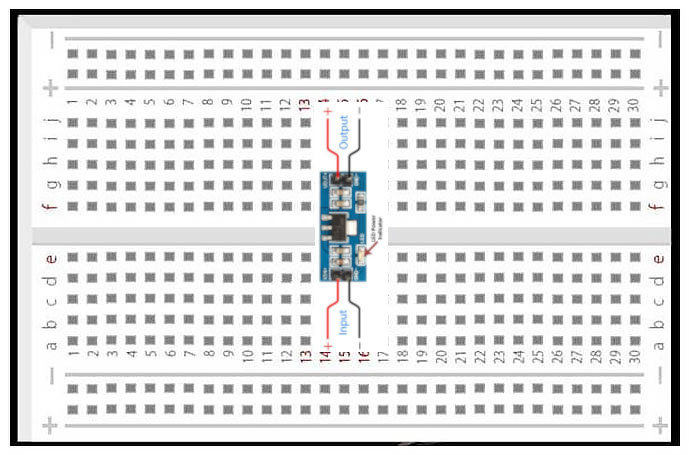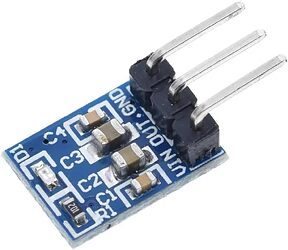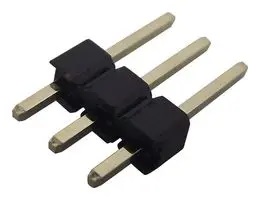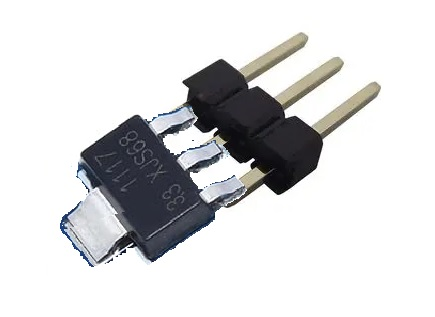Internet all the time gives me something like this(in massive corp), but I am trying to find the information how to use it without corp in Arduino projects(I am thinking that I need just solder the “legs” with wires, but I am not sure, moreover I do not know how to paste it in the breadboard)
Your picture show a AMS1117 in SOT89 package. This package intended to surface mount by soldering. If you going to use it on breadboard, it would be better select a one in TO-92 package:
for example, a HT7333 regulator
@xfpd Offered a good solution. I would suggest placing the pins on the other side, which will allow you to probe it more easily and provide a bit more cooling.
I just wanted to use it without this huge case.
@gilshultz, @xfpd. And I also can't understand the difference between a step-down DC-DC converter and a voltage stabilizer
You want only the I.C.?
A dc-dc converter is a voltage stabilizer.
Perhaps you meant to ask what is the difference between a dc-dc converter and linear regulator (like ams1117)?
Both types reduce a (usually) higher input voltage down to a desired output voltage.
Linear regulators remove the excess voltage by turning it into heat. The bigger the difference in input Vs output voltage, and the bigger the current drawn fun the regulator's output ,the more heat is produced making them less efficient and likely to overheat and stop working. For example, with an input voltage of 12V and an output voltage of 3V, a linear regulator will be only 25% efficient and 75% of the input power will become heat.
DC-DC converters are more efficient in most situations. They kind-of convert DC into low voltage AC and then back into DC at lower voltage. They can be 80%~90% efficient, even when the input voltage is much higher than the output voltage.
There are smaller modules available:
If that is too large then you could solder the regulator on to a 3 pin header:
Something like this mock up:
But if you did solder the regulator onto header pins, you would still need to add the recommended capacitors to your circuit, so you haven't gained much/anything.
Hopefully, this quick summary helps. There’s much more information available online if you need further details. You can also look into linear regulators like the 7805, which operate in a completely different manner.
Buck Converter:
Its Function: A step-down DC-DC converter reduces a higher input voltage to a lower output voltage efficiently. It works by switching the input voltage on and off rapidly and smoothing the output using an inductor and capacitor.
Typical Usage: When you need to convert a higher voltage to a lower, regulated voltage (e.g., converting 12V to 5V to power electronics).
Efficiency: Typically very efficient, often 80% or higher, because it minimizes energy loss as heat during conversion.
Usage : Using a buck converter to drop 12V from a power supply to 5V or 8V to power a Arduino. 8V is for Vin on the UNO etc.
Voltage Stabilizer:
Its Function: A voltage stabilizer maintains a steady output voltage despite fluctuations in the input voltage. It is primarily used to protect sensitive devices from voltage spikes or drops.
Typical Usage: When you need to keep a consistent voltage supply to sensitive electronics (e.g., keeping a steady 230V AC for household appliances even if the mains voltage fluctuates).
Efficiency: Less efficient than a step-down converter when dealing with large voltage differences, as some stabilizers use resistive or linear methods to dissipate excess energy as heat.
Usage: Using a voltage stabilizer for home appliances in regions with unstable grid power to maintain a consistent 120V/230V.
Differences:
Step-down DC-DC converters are used to reduce voltage and are optimized for efficiency, making them ideal for powering lower-voltage electronics from higher-voltage sources.
Voltage stabilizers are used to smooth out fluctuations in the input voltage to keep the output voltage stable, but they are not designed to step down voltage by large amounts.
SEPIC converter (Single-Ended Primary-Inductor Converter) is a type of DC-DC converter that can step up (boost) or step down (buck) the input voltage to provide a regulated output voltage. It is commonly used in applications where the input voltage can fluctuate above or below the desired output voltage. The best of both worlds Buck/Boost but not as efficient.
So the greater the load is on the device, the more preferable is DC DC, right?
So the greater the load is on the device, the more preferable is DC DC, right?
Not always.
@jim-p, what are the exceptions?
This topic was automatically closed 180 days after the last reply. New replies are no longer allowed.
